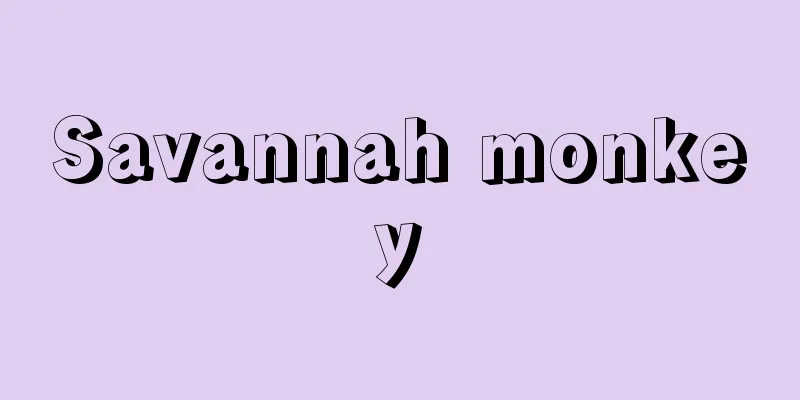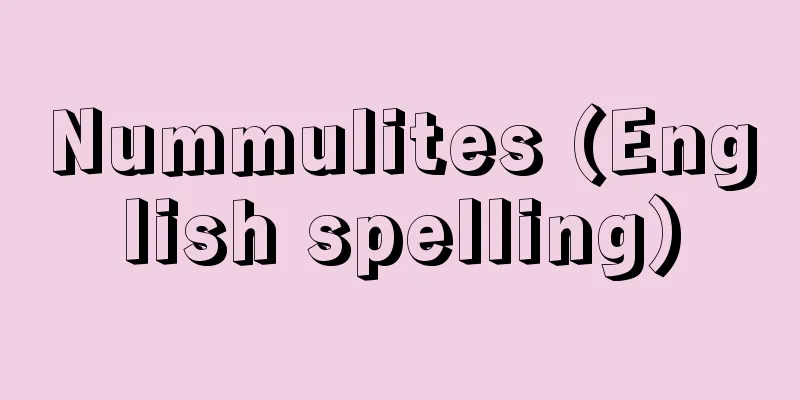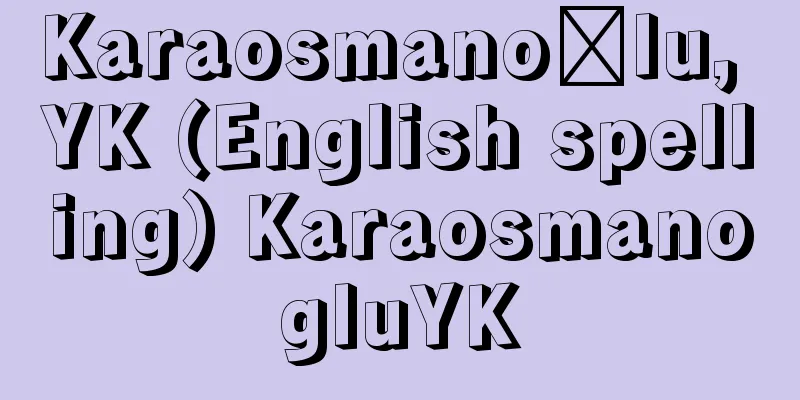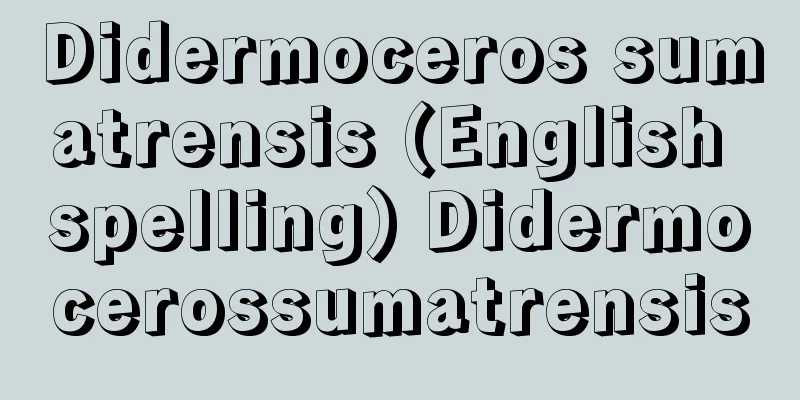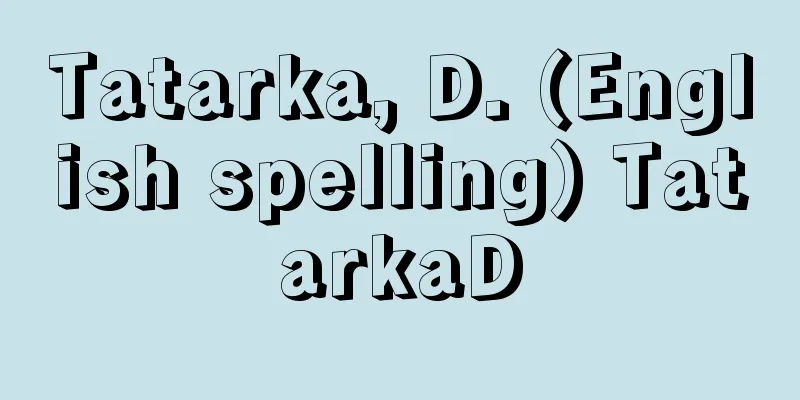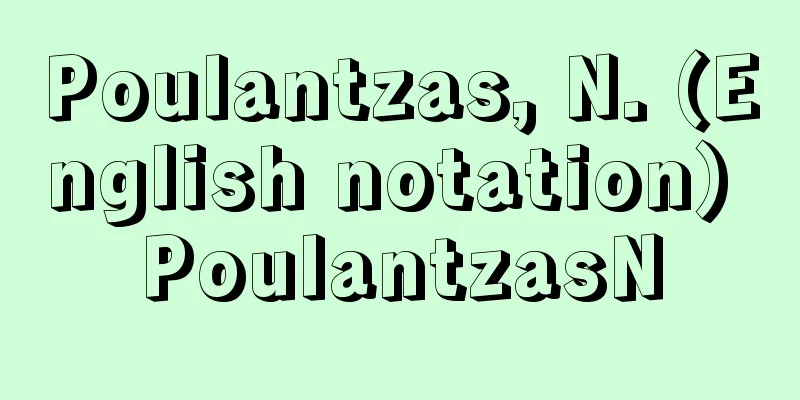Hindustani - Hindustani
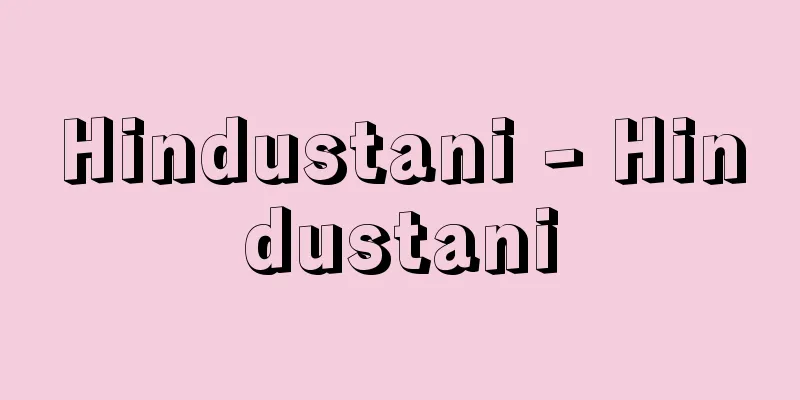
|
It is one of the Aryan languages belonging to the Indo-Iranian branch of the Indo-European language family, and is included in the Western Hindi group. After the Islamic dynasty was established in Delhi in the early 13th century, the Bangaloo dialect and Punjabi merged through communication between Islamic soldiers from Turkey and the Punjab region and local Hindus, and further mixed with Turkish, Persian and Arabic vocabulary to create a kind of common language. The famous 13th century poet Amir Khusrow called this common language "Hindvi" and Babur, the founder of the Mughal dynasty, called it "Hindustan", but it is thought to have remained as a common conversational language used between Muslims and Hindus in North India until around the 16th century. Meanwhile, in the 14th century, Tughluq moved the capital from Delhi to Dolatabad in the south, and later the Bahmani dynasty was established. During this time, military personnel and literati who migrated from the Delhi area developed a literary language called Dakini (southern language) from the colloquial Hindustani. In the late 17th century, Muslim soldiers in North India who discovered the existence of this language during their expedition to the Deccan region began to distinguish their own language from Dakini and call it "Urdu" (language spoken in military camps). Therefore, Muslims also called Hindustani Urdu, and Hindus also called it Hindubi or Hindi. However, since the 19th century, the language has split into two forms, modern Urdu, which has exactly the same grammar but contains a lot of Persian and Arabic vocabulary and is written in the Persian script, and Kaliboli (standard Hindi), which contains a lot of Sanskrit vocabulary and is written in the Nagari script. [Takeshi Nara] "Census of India 1961, vol.1, part Ⅺ‐C(i) Language Monographs (Language Division, India)" ▽ "Introduction to Hindi" by Hisaya Doi (1979, Tairyusha) ▽ "Small Hindi Dictionary" by Hisaya Doi (1982, Daigaku Shorin) Source: Shogakukan Encyclopedia Nipponica About Encyclopedia Nipponica Information | Legend |
|
インド・ヨーロッパ語族インド・イラン語派に属するアーリア諸語の一つであり、西部ヒンディー語群のなかに含まれる。13世紀の初頭デリーにイスラム王朝が成立したのち、トルコやパンジャーブ地方出身のイスラム兵士たちと地元のヒンドゥー教徒たちとの間のコミュニケーションを通じて、バーンガルー方言とパンジャーブ語が融合し、さらにトルコ語やペルシア語やアラビア語の語彙(ごい)が混入して一種の共通語が誕生した。この共通語を13世紀の有名な詩人アミール・ホスローは「ヒンドビー語」Hindvīとよび、ムガル王朝の創設者であるバーブルは「ヒンドゥスターン語」Hindustānīとよんでいるが、16世紀ごろまでは北インドのイスラム教徒とヒンドゥー教徒との間で用いられる共通会話語という地位にとどまっていたものと考えられる。 一方、14世紀に、トゥグルクが都をデリーから南のドーラターバードに移し、のちにバフマン王朝が確立されたが、その際デリー地方から移住した軍人や文人たちは、口語であったヒンドゥスターニー語からダキニー(南方語)とよばれる文学語を発達せしめた。やがて17世紀後半デカン地方へ遠征してこの言語の存在に気づいた北インドのイスラム兵士たちは、自分たちの話す言語をこれと区別して「ウルドゥー語」Urdū(軍営地で話される語)とよぶようになった。したがって、ヒンドゥスターニー語のことをイスラム教徒はウルドゥー語ともいい、ヒンドゥー教徒のほうはヒンドビー語ないしヒンディー語ともよんでいたわけである。しかし、19世紀以降、この言語はまったく同じ文法を有しながらも、ペルシア語・アラビア語の語彙を多く含みペルシア文字によって書き表される現代ウルドゥー語と、サンスクリット語の語彙を多く含みナーガリー文字によって書き表されるカーリーボーリー語(標準ヒンディー語)の二形式に分かれ、今日に至っている。 [奈良 毅] 『Census of India 1961, vol.1, part Ⅺ‐C(i) Language Monographs (Language Division, India)』▽『土井久彌著『ヒンディー語入門』(1979・泰流社)』▽『土井久弥著『ヒンディー語小辞典』(1982・大学書林)』 出典 小学館 日本大百科全書(ニッポニカ)日本大百科全書(ニッポニカ)について 情報 | 凡例 |
<<: Hindustan Plain - Hindustan Heigen (English spelling) Hindustān
Recommend
Ohara Museum of Art
An art museum in Kurashiki, Okayama Prefecture. I...
fox (play) - fox
…The game “Wolf Has Come” is an imitation of past...
Minobon
〘noun〙 A Japanese-bound book the size of a Mino pa...
mulsum
…Romans generally had bread and cheese for breakf...
Thisbe (English spelling)
…Famous for the Metamorphoses by the Roman poet O...
Russian cuisine - roshiaryori
Russian cuisine is a traditional cuisine that has...
O'Dell, S.
…Since the 1960s, there have been various attempt...
Soil type - Dojogata (English spelling)
(1) A group of soils with a common origin and form...
Functional Layer - Yesterday
…Then, when the corpus luteum is formed, it begin...
Stellaria neglecta (English spelling) Stellarianeglecta
… [Eiji Miki]. … *Some of the terminology that me...
Turkish Studies - Turkish Calyx
A field of study that deals with the language, his...
Ellen [island] - Ellen
…It is located at an altitude of 111m, is about 1...
Konjo (English spelling) Prussian blue
In general inorganic pigments, it refers to blue ...
Administrative regional magazine - Gyosei Chikishi
… On the other hand, geography explores the funct...
Maruhachi - Maruhachi
This tree fern is endemic to Ogasawara and grows i...
